Fall 2025 in Bergamo marks a new season of exhibition activities for Accademia Carrara, which focuses on the relationship between art and nature. The fall program includes three main projects, also conceived in dialogue with the museum’s garden, opened in 2024 on a 3,000-square-meter area, designed as an extension of the exhibition space and open to the public as a place for contemplation and free enjoyment. The centerpiece of this program is, from October 10, 2025 to January 6, 2026, an exhibition dedicated to stone painting.
It is Art and Nature. Painting on Stone between the Sixteenth and Seventeenth Centuries, which presents more than 60 works from national and international collections, exploring one of the most sophisticated and least known techniques in Italian art history. The exhibition, curated by Patrizia Cavazzini with the collaboration of Maria Luisa Pacelli, presents an in-depth analysis of the relationship between human intervention and the natural characteristics of the material, questioning how the artist’s hand dialogues with that of nature and how the support contributes to the composition of the work. Painting on stone, rediscovered by Sebastiano del Piombo around the years of the Sack of Rome in 1527, represented an attempt to overcome the ephemeral durability of traditional painting by directly confronting sculpture. The solidity of stone gave works the perception of almost eternal permanence, a goal shared by painters and patrons of the time.
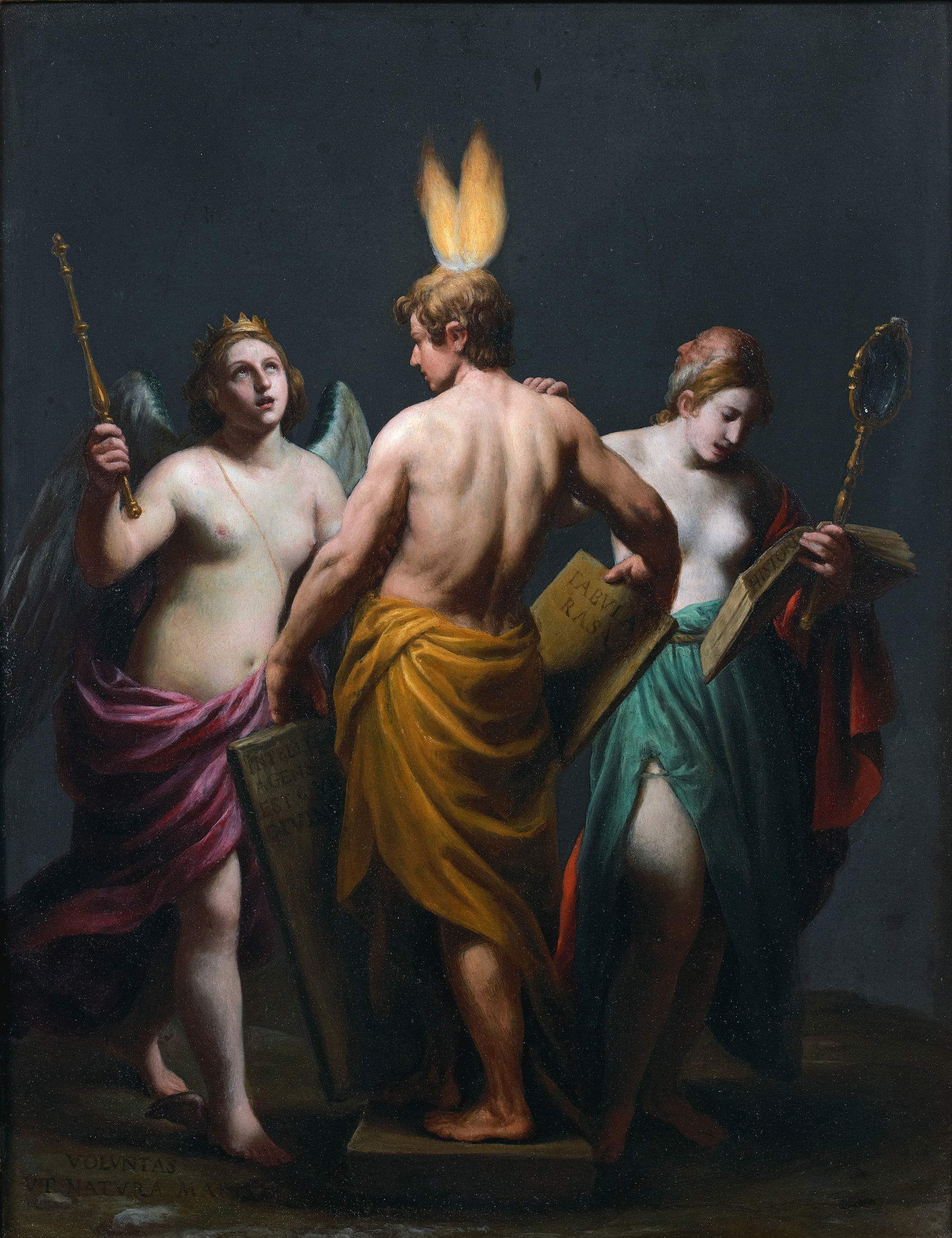
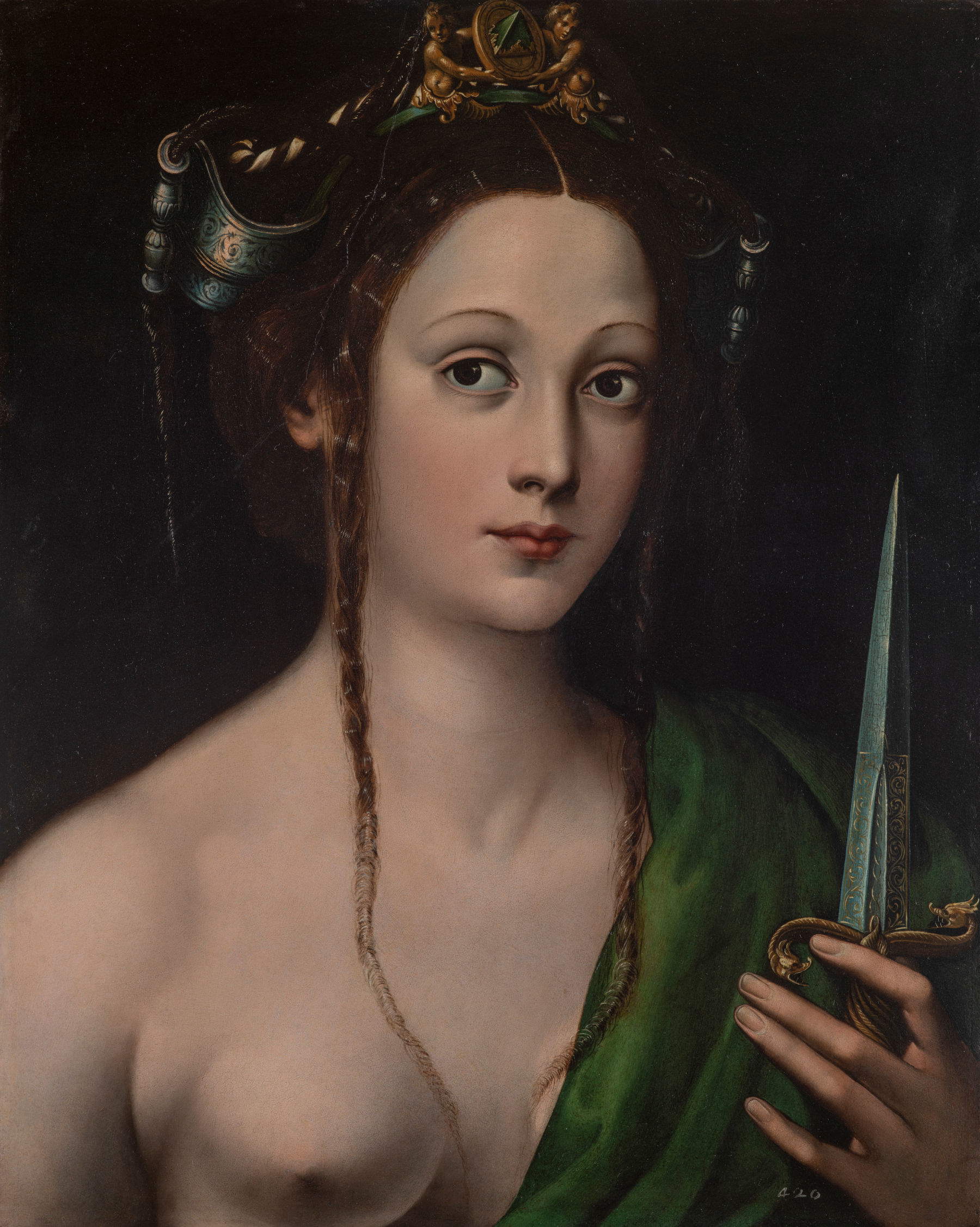
The exhibition thus covers different phases, from the 16th century to the early decades of the 17th century, traversing centers such as Rome, Florence, Genoa and Verona, with works by Paolo Veronese, Jacopo Bassano, Palma il Giovane, l’Orbetto, Antonio Tempesta, Orazio Gentileschi and Salvator Rosa. Loans include major institutions such as Galleria Borghese, Opificio delle Pietre Dure, Gallerie degli Uffizi, Palazzo Barberini, Royal Museums of Turin and Museo e Real Bosco di Capodimonte.
The tour is divided into thematic sections related to different media: dark stones such as slate and touchstone, veined stones such as paesina and jasper, and luxury productions in alabaster, amethyst, and lapis lazuli. The first rooms feature blackboards and marbles used for portraits and sacred scenes, including Sebastiano del Piombo’s Portrait of Clement VII, displayed along with his correspondence with Michelangelo Buonarroti. From the late 16th century there emerged a growing interest in veined stones, with their colors and veins suggesting landscapes, cities and cloudy skies, stimulating the creative process of artists such as Antonio Tempesta. At the court of Cosimo II de’ Medici, paesina stone inspired complex scenes, transforming natural veins into deserts, rocks, sea waves, and mythological and religious subjects.
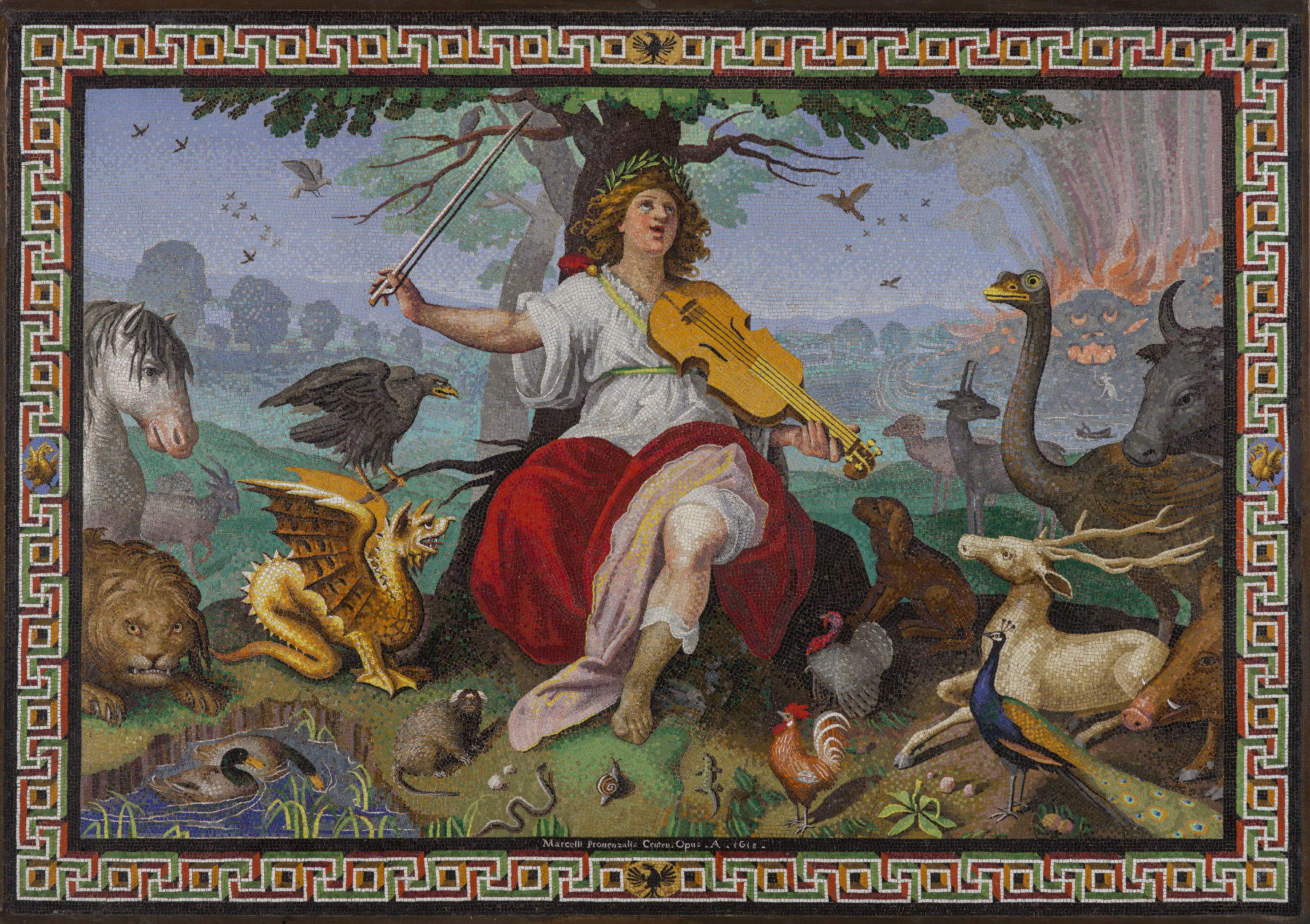
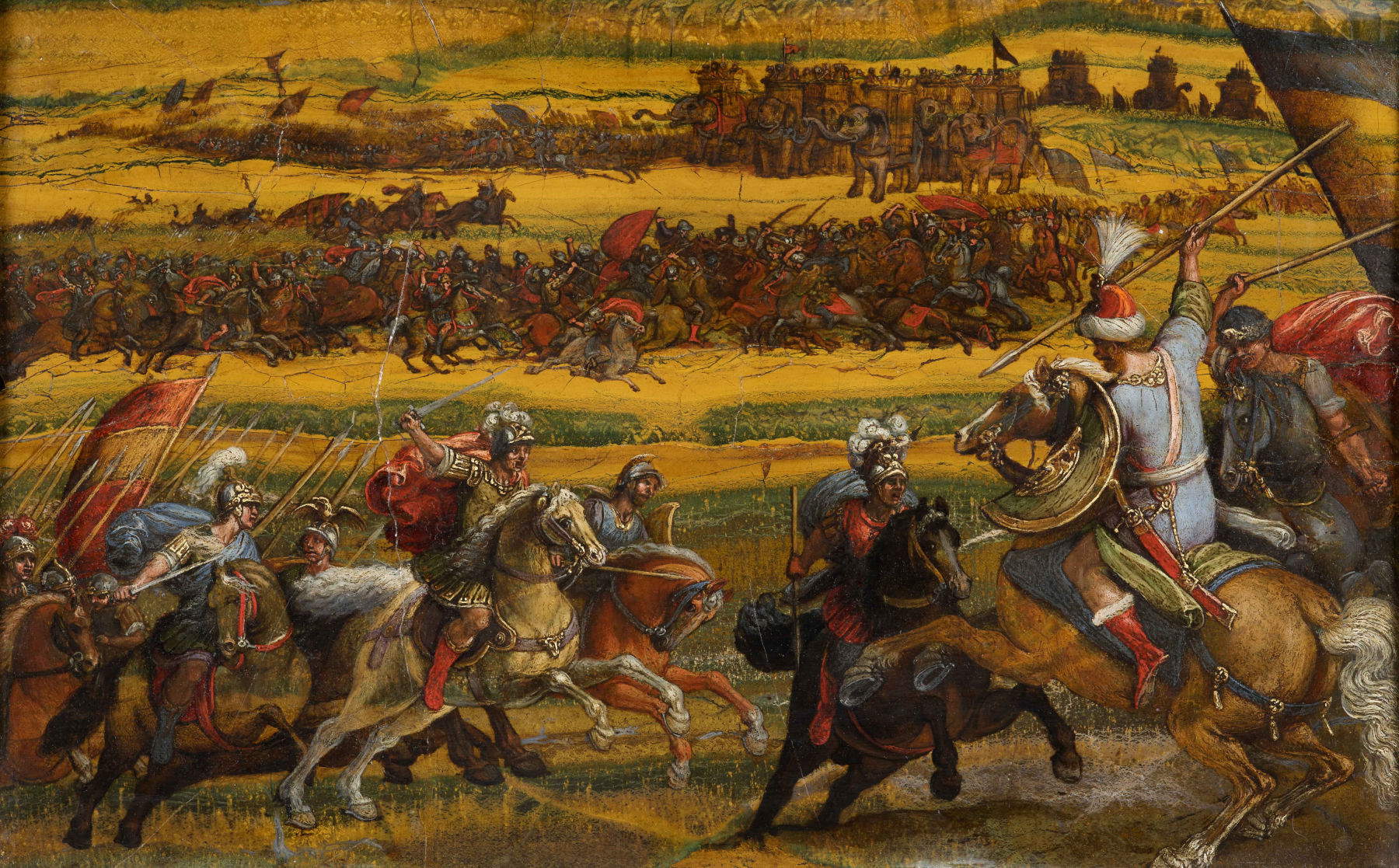
The tour continues to the 1720s, when interest in precious materials prevails, with high-quality artifacts such as tabernacles, reliquaries and frames documenting the interaction between painters, stonemasons and jewelers. The exhibition also includes ancient lithotheques, collections of painted or natural stones and minerals that are rarely seen, and manuscripts cataloging natural designs visible in stones, according to the principle of pareidolia.
Simultaneously, from Oct. 10, 2025 to Jan. 6, 2026, A&N Kids opens the first exhibition dedicated to children ages 6 to 12, curated by Services Education and promoted by Maria Luisa Pacelli. The project offers a space for observation and experimentation, with works displayed at an appropriate height and tactile stations that allow direct contact with materials such as stone, copper, board and canvas. The collaboration with the PInAC Foundation and the Aldo Cibaldi International Pinacoteca dell’Età Evolutiva offers the opportunity to showcase more than 8,300 drawings made by children from 83 countries. The goal is to stimulate curiosity, confrontation and sensory experimentation, complementing the main itinerary of the adult exhibition.
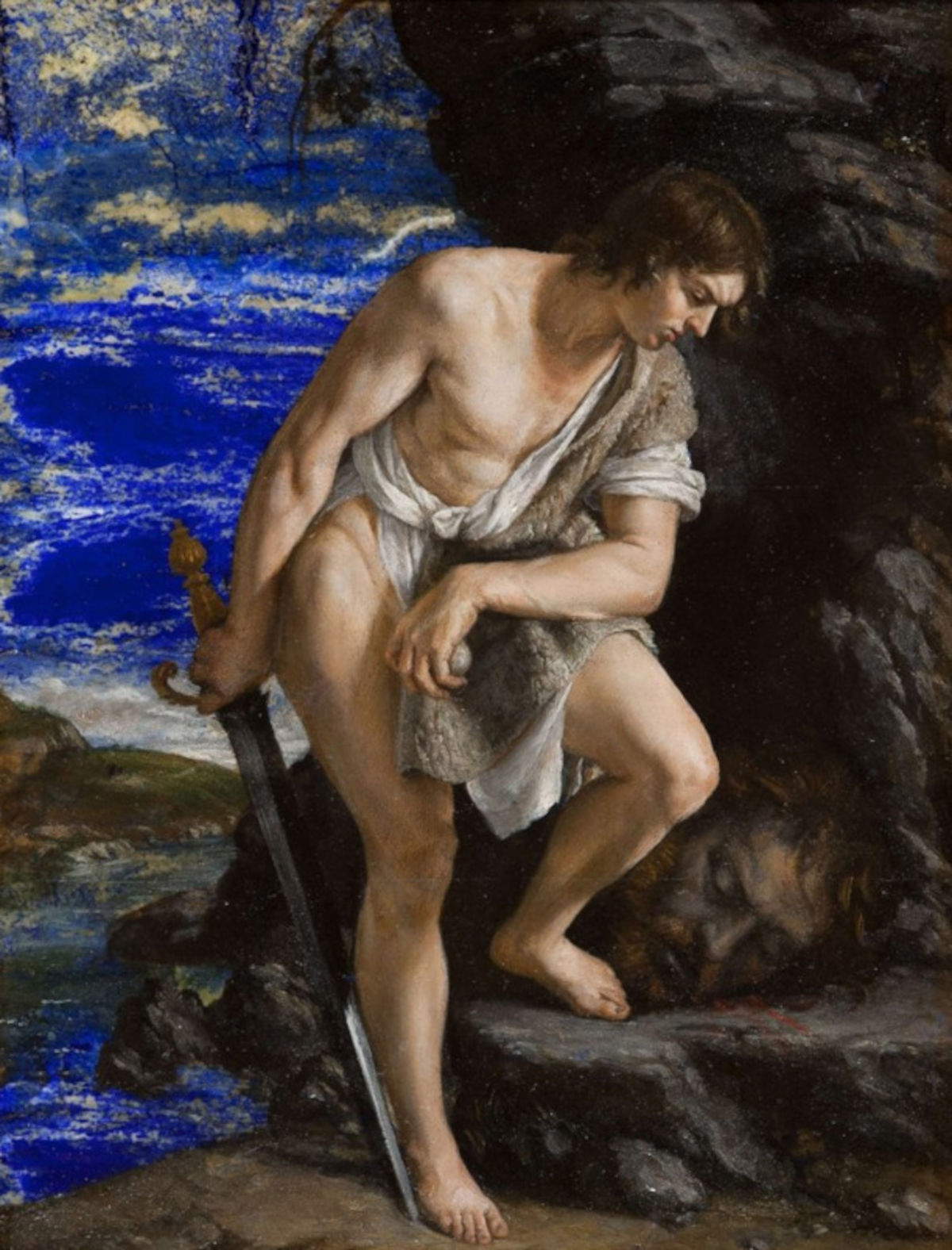
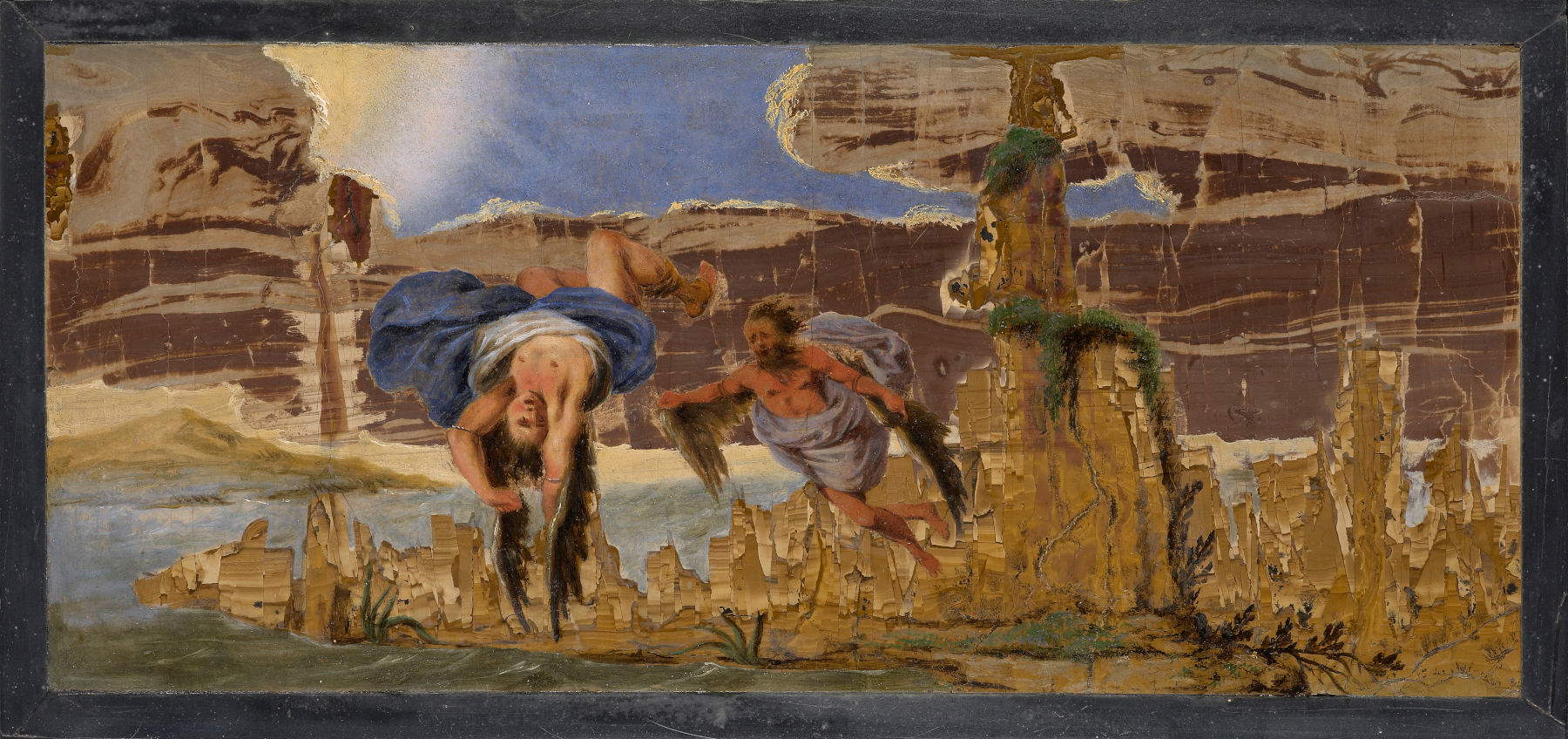
Introducing the season, starting September 5, 2025, are Paolo Chiasera’s(Orti Tintori) installations inside the museum and in the PwC Gardens, an intervention that consolidates the link between art and nature, bringing the museum experience outdoors as well. The PwC Gardens, redeveloped and open to the public, thus become an integral part of the cultural program, offering spaces for walks, picnics and moments of contemplation, in constant dialogue with the works on display.
Accademia Carrara’s autumn highlights an exhibition strategy that combines historical research, educational enjoyment and enhancement of green spaces, with the aim of making nature an active part of the museum experience. The combination of stone painting, children’s activities and outdoor interventions is an example of how a historical institution can innovate its cultural offerings, promoting knowledge, observation and interaction with artistic heritage in all its forms.
 |
| Bergamo, an exhibition dedicated to stone painting at the Carrara Academy |
Warning: the translation into English of the original Italian article was created using automatic tools. We undertake to review all articles, but we do not guarantee the total absence of inaccuracies in the translation due to the program. You can find the original by clicking on the ITA button. If you find any mistake,please contact us.